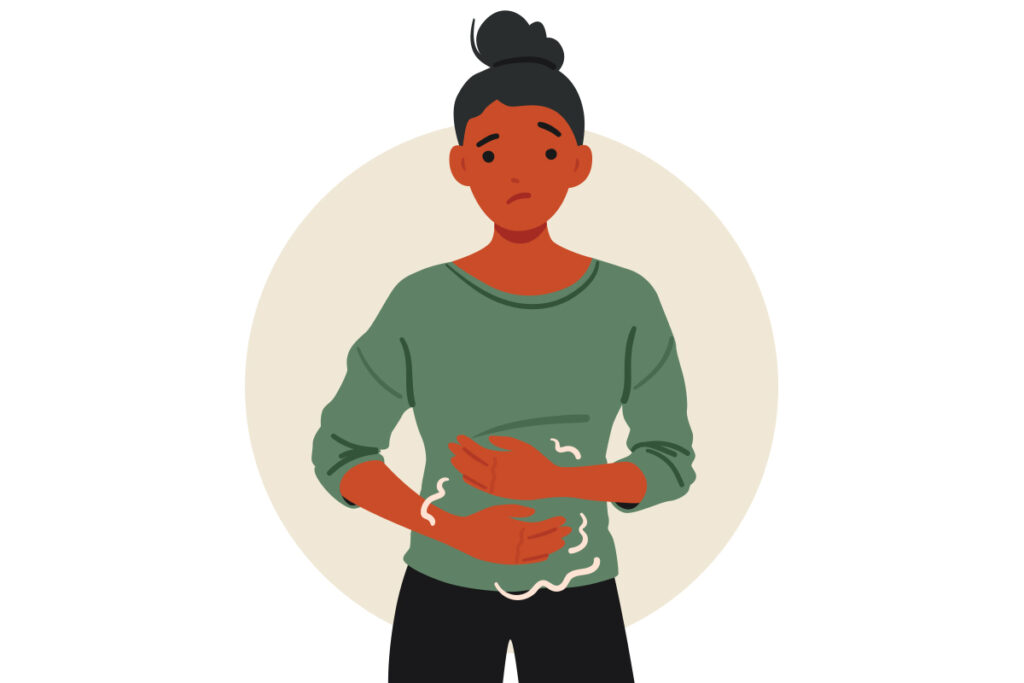If your child’s teacher has noted behavioral or attention struggles in the classroom, it might be time to take a closer look.
By Rashad J. Gober
“Girls with ADHD often get overlooked because they tend to have symptoms like daydreaming rather than the  stereo-typical disruptive behavior associated with boys. ”- Michelle Hecker Davis
stereo-typical disruptive behavior associated with boys. ”- Michelle Hecker Davis
As the percentage of children diagnosed with Attention Deficit Hyperactivity Disorder (ADHD) continues to increase, the neurobehavioral disorder has emerged as a “hot topic” within the public realm. A quick internet search reveals a host of discrepant articles – some claiming it’s overdiagnosed, while others, the exact opposite. As a parent, how can you separate fact from fiction? Here, we start with the basics.
What is ADHD?
The Diagnostic and Statistical Manual of Mental Disorders, 5th Edition (DSM-5TM) defines ADHD as a “persistent pattern of inattention and/or hyperactivity-impulsivity that interferes with functioning or development.” Children with ADHD consistently show symptoms of one or more of the following:
Hyperactivity. These symptoms are easier to spot because they are more behaviorally apparent. For example, kids with symptoms of hyperactivity may seem to be in constant motion (e.g. fidgeting or squirming in a desk), talk too much, or run and climb in inappropriate situations.
Impulsivity. These symptoms include blurt-
ing out inappropriate comments, answering before the complete question is asked, the inability to wait his/her turn, interrupting others, and acting without thinking.
Inattention. Symptoms of inattention may be overlooked or misunderstood because they have to do more with the way the child processes and organizes information. Kids struggling with inattention may be easily distracted from tasks or play, forget things often, be disorganized, or have trouble understanding information quickly and accurately.
ADHD can look radically different in one child than it does in another, as one of these symptom patterns may predominate. Most children will demonstrate varying levels of all three symptoms; however, some children tend to display more of the hyperactive and impulsive symptoms, where others are only inattentive – particularly girls.
“Girls with ADHD often get overlooked because they tend to have symptoms like daydreaming rather than the stereotypical disruptive behavior associated with boys,” says Michelle Hecker Davis, executive director of Chattanooga’s LearningRx. “Probably 60-65% of our clients are boys and I think that’s because it’s so much more obvious with them.”
The ‘Aha!’ Moment
If you see hints of your child’s behavior in any of the symptoms listed previously, pay close attention to his or her performance in school. This can be a great start to uncovering more about what’s going on.
“School-aged children with ADHD will usually have a hard time following directions, staying focused on a task for an extended period of time, controlling impulsive responses, and regulating social behavior,” says Dr. Brandon Rodgers, director of behavioral health services at Siskin Children’s Institute. “Over time, these things can negatively influence their performance.”
It can be helpful to talk to your child’s teacher. Initiating a conversation about the specifics of your child’s behavior in the classroom can reveal some key clues. “Another important reason is that a child who struggles to pay attention can easily be mistaken for being willfully disobedient or deliberately inattentive,” says Dr. Lisa Broyles, lead physician at AFC/Doctors Express Urgent Care/Family Care Hixson. “But if you know the symptoms and can catch it, the situation can drastically improve.”
Often, parents of children who are struggling in school, be it academically or socially, have an “aha!” moment when they realize that their child’s symptoms may have their basis in ADHD or some other behavioral
disorder. It’s important to seek help at once when you suspect ADHD.
What’s Going on Here?
While you may have good grounds for suspicion based on your child’s behavior, the only way to know for sure if your child has ADHD is to get a professional diagnosis. This usually begins with a primary
care physician.
“ADHD is a real diagnosis, but you can’t be sure your child has it without seeing a health care provider, as there are multiple other conditions that can mimic the symptoms,” says Dr. Broyles. “If there’s suspicion you really need to see a professional for blood work and testing.”
The first step in an ADHD diagnosis is to rule out any other health conditions that may be affecting your child’s behavior, like a learning disability, anxiety, depression, or a response to trauma. “The most common issues appearing alongside ADHD are anxiety and depression. If that’s the case, the child will need to be evaluated by a psychologist,” says Dr. Broyles.
From there, your doctor will need to know details about your child’s symptoms, like when they occur, when behavioral problems often happen, severity and duration of the symptoms, and how the symptoms affect the child’s daily life. In order to be diagnosed with ADHD, a child must have symptoms for 6 or more months, and the symptoms must be more pronounced than behaviors of other children the same age.
Your doctor may also want to assess your child in different settings or get input from other professionals, (e.g. a school psychologist or teacher). Depending on the child, he or she may refer them to a psychologist or developmental pediatrician for a more in-depth evaluation. “This is especially the case if a learning or intellectual disability is suspected,” says Dr. Rodgers.
Helping Your Child
Once a diagnosis has been made, your doctor will discuss appropriate medical interventions with you and your child. Stimulant medications are most commonly prescribed to treat ADHD because they boost and balance neurotransmitters in the brain, improving the symptoms of inattention and hyperactivity.
However, it’s essential to understand that the best treatment plans for ADHD tend to not only include medications, but also therapy/counseling and classroom interventions. Treatment is often a team approach from parents, teachers, medical providers, and school psychologists.
“Team work, team work, team work!” says Dr. Rodgers. “Clear and honest communication between teachers and parents, and parents and physicians, can be an essential
part of treating a child with ADHD. This allows for consistent monitoring of performance and behavior.”
Among the many therapy options, behavioral therapy can help your child develop behavior-changing strategies. Parenting skills training can help parents develop ways to better understand and guide their child’s behavior. Family therapy can be helpful for the entire family living with a child with ADHD. Educational modifications and individualized educational programs at school can greatly assist your child in the classroom.
“Every child’s situation with ADHD is unique and will require an individualized treatment plan,” says Dr. Rodgers. “Beyond often being the best route for your child, this comprehensive team approach can provide important support for a family too.”
Strengthening Weak
Cognitive Skills
Davis says that, because ADHD affects the way the brain functions, children with ADHD may also benefit from a cognitive evaluation and brain training.
“Many children with ADHD also struggle with processing speed or short-term memory. For example, if given a list and asked to repeat it, they may only process the first thing, leading people to think they aren’t paying attention,” she says. “A cognitive evaluation can determine these weak skills so we can then address them.”
Once identified, these skills can be improved through one-one-one brain training, Broyles says. “Brain training programs are tailored to address the child’s specific weaknesses, whether that be short-term memory or executive processing. They’re designed to strengthen your child’s weakest areas.”
The logic behind this treatment approach, Davis and Broyles say, is that it actually addresses the problem of ADHD itself, rather than the symptoms of ADHD.
“Brain training is a more preventative-minded treatment,” says Dr. Broyles. “Rather than addressing the manifestation of a problem, it addresses the problem itself by changing the way a child’s brain thinks.”
Knowledge is Power
Since kids with ADHD are often misunderstood, it’s important to foster an attitude of understanding and empathy as you seek to help your child.
“Education is a critical part of becoming an advocate for your child,” says Dr. Rodgers. “A clear understanding of your child’s personal strengths and weaknesses can be an extremely powerful tool in improving his or her quality of life.”
The best places to find more information about ADHD, its symptoms, and diagnosis are the American Psychological Association (APA), and the National Institute of Mental Health, both of which can be accessed online. If you suspect that your child has ADHD, don’t delay getting a professional evaluation. The sooner ADHD can be diagnosed, the sooner it can be treated, and the sooner your family can take steps to truly help your child succeed.
DHD often looks like: inability to focus * short attention span * easily distracted * tendency to procrastinate * poor impulse control/
internal supervision * fidgeting * daydreaming * engaging in purposeless or non-goal directed activities
* poor planning * lack of organizational skills






